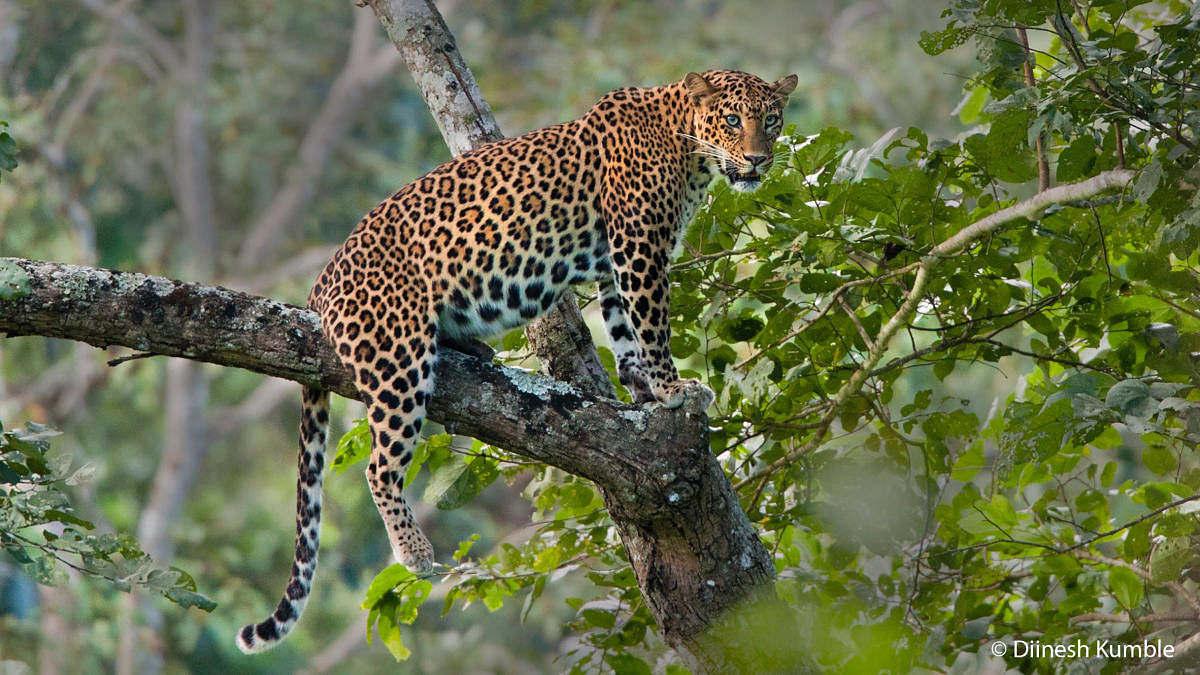There has been a ‘catastrophic decline’ in the world’s wildlife populations. According to a study by the conservation group World Wildlife Fund, wildlife populations plummeted 68% between 1970 and 2016. The findings of the study, which tracked 21,000 populations of mammals, birds, fish, reptiles and amphibians, has been published in its Living Planet Report 2020. It draws attention to some alarming facts.
The largest decline in wildlife populations in the 1970-2016 period has been in Latin America (94%) followed by the Asia-Pacific (45%). The situation in India is worrying as well. Over 12% of our wild mammals and 3% of bird species are on the verge of extinction, the report says. Besides, 19% of India’s amphibians are threatened or critically endangered. Freshwater mammals, birds, amphibians, reptiles and fish are particularly vulnerable, the WWF has found; their populations have plummeted by 4% annually since 1970. The WWF report is unequivocal in blaming human activity for the destruction of wildlife populations. Humans have altered 75% of the Earth’s ice-free land surface, making vast tracts of this unsuitable for wildlife. Forests are being burned down to make them suitable for human habitation or convert them into agricultural land. Deprived of their natural habitat, wild animals are getting boxed into ever-shrinking habitats. They are under tremendous pressure from habitat loss. We are overfishing the oceans and, in the process, wiping out entire fish populations. In addition to destruction of ecosystems and species overexploitation, human-caused climate change is eliminating wildlife populations.
It is possible to reverse the destruction of wildlife populations. It requires sustained restoration efforts. But first, humans need to realise that their survival depends on the survival of other species. Besides, unsustainable exploitation of nature is endangering human life. Virologists have been warning of the dangers of human consumption of high-risk wildlife which is paving the way for crossing of pathogens from wildlife to humans, causing zoonotic diseases like Covid-19. The trading and consumption of high-risk wildlife must be halted.
But importantly, there is a need to also change how we go about conservation. Animals that are majestic like the tiger or powerful like the elephant and cute like pandas have attracted funding and conservation efforts, and there are of course good reasons for that. But ‘ugly’ creatures like the Titicaca water frog and the Blobfish are far less fortunate and their endangered status is going by unnoticed and unattended to. There is a need for conservation bodies to rethink conservation strategies. ‘Ugly’ creatures need saving, too.
